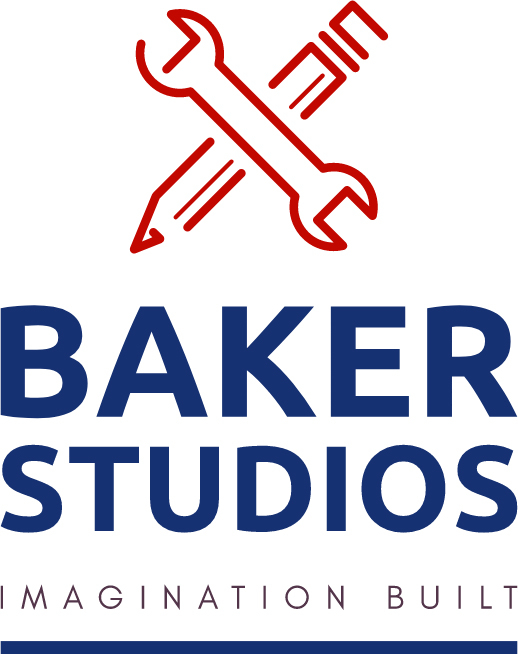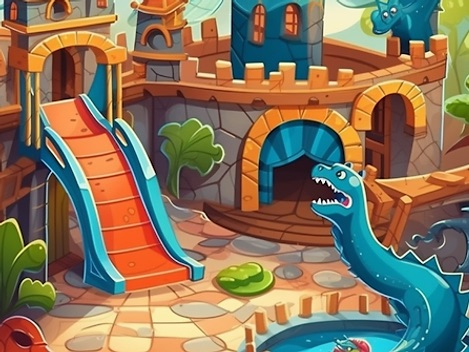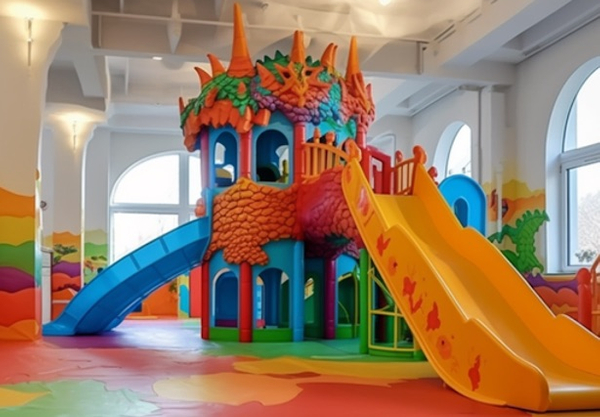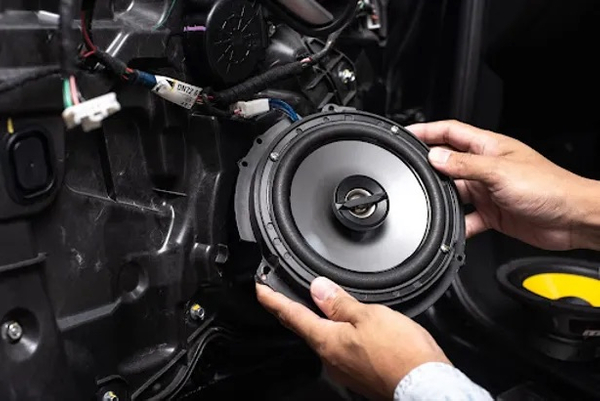Amusement parks and themed environments offer a sense of magic and otherworldly experiences. They create a space that transcends what we know as possible and transports you to a world of wonder and excitement.
However, all that doesn’t happen out of nowhere. There are a variety of details that need to be considered, and everything requires a true artistic touch to bring the magic we all know and love to life.
Artists consider various aspects when creating an amusement park project. They use their artistic vision to bring themed environment ideas into reality, both functionally and with a sense of wonder.
Let's dive in to learn more about how an amusement park is created.
1: Designing a Central Theme
The most important aspect of creating an amusement park is its theme. The theme ties all the features of the park together and creates a coherent experience.
Theme park design is one of the most important aspects because it significantly contributes to immersing guests in the experience.
The theme of the park will generally be provided by the project’s owner. The person who will own the park when it’s completed.
There aren’t any limits to what the theme can be, but from a business standpoint, it needs to be something that attracts an audience. It also has to be something that can be done within the project’s budget.
If you look at any good theme park you’ve visited, or any type of themed environment in general, you’ll notice that the overarching theme is present in every single aspect of it and largely guides the design structure of the park in its entirety.
2: Using Color to Escape Reality
Another thing that helps elevate themed environments in comparison to your average commercial area is color. You’ve likely noticed this.
You go to the amusement park, and everything is covered in bright colors that capture your eye and put a visual twist on everything around you.



